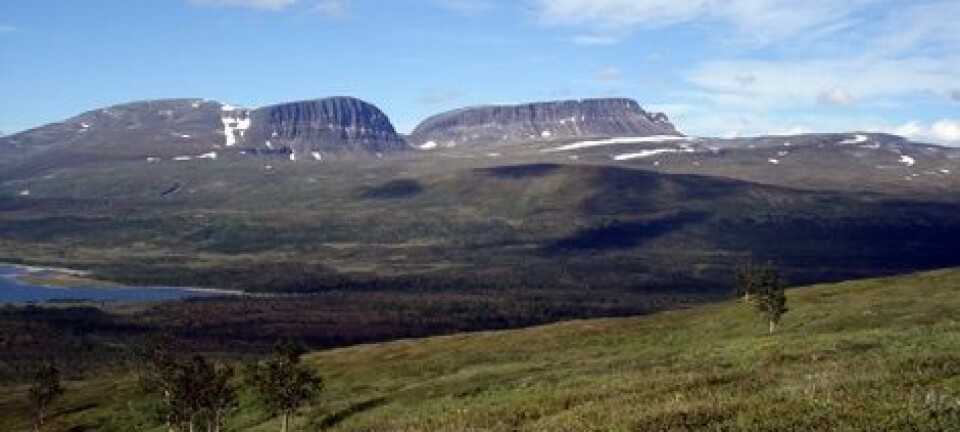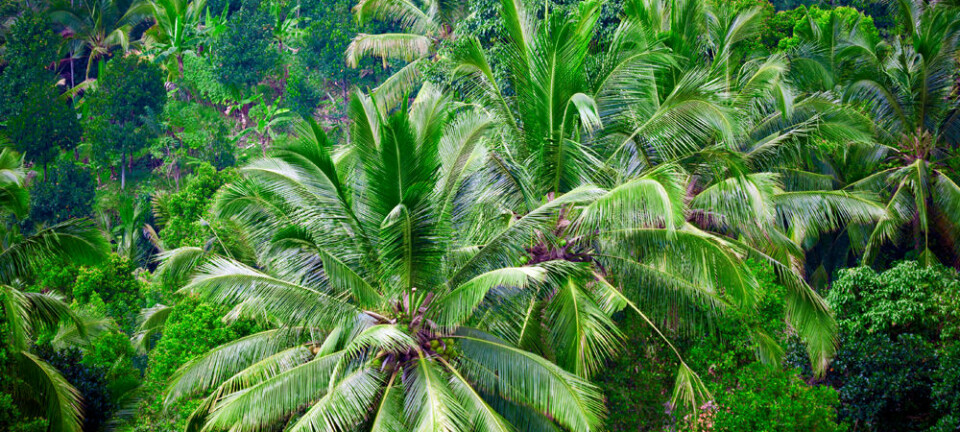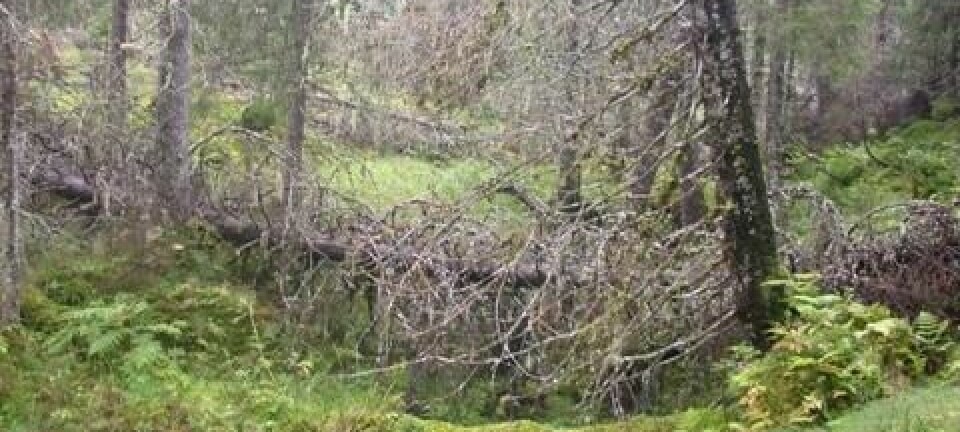
There are now 3.04 trillion trees on earth
Scientists have calculated the total number of trees of earth: 422 for each person. And we have lost almost the same number since the dawn of human civilisation.
It is a simple question: how many trees are there on earth? Perhaps surprisingly, until now, no one really knew the answer.
But a new study has come up with a figure. The scientists calculate that there are 3.04 trillion trees on earth.
This is much higher than previous estimates of around 400 billion. But, worryingly, the study also estimates that it represents a loss of 46 per cent since the dawn of human civilisation, and that we are currently loosing around 10 billion trees a year as the global population expands and requires more land for agriculture and housing.
According to the scientists behind the research, their findings have prompted ‘Plant for the Planet’--a global youth initiative, which leads the United Nations Environment Programme’s “Billion Tree Campaign”-- to up their target to planting a trillion trees.
“The changing scale of these estimates has big implications for reforestation projects and re-greening projects,” says lead author Dr Thomas Crowther during a press conference. He studies soil ecosystems and climate change ecology at Yale University, USA.
“Now that [Plant for the Planet] know there are 3 trillion trees on earth […] they’re massively stepping up their effort and now anything is possible. They just needed a number to aim towards,” he says.
Global tree coverage is shown in a video that accompanies the new research, which is published this week in Nature.
422 tress for each person on earth, and falling
The study estimates that the new figure is equal to 422 trees for every person living on earth today.
The current figure represents a loss of 46 per cent from the days before human civilisation took hold, when vast swathes of Europe were covered by dense forest.
This number is still falling at a rate of 10 billion trees a year. This means that in 150 years there will be around 214 trees per person.
Massive improvement on previous estimates
Previous estimates of forest cover were based solely on satellite images. No one had actually checked on the ground to see if these global estimates were accurate.
“The previous estimate was around 400 billion trees around the world, which we suspected was probably an underestimate as a recent study had calculated that there were around 390 billion in the Amazon alone,” says co-author Dr Stephen Thomas, who was involved with the research whilst working at the University of Helsinki, Finland.
“No one had actually gone into the field to see if these satellite-based estimates were realistic, so we collected data from all over the world, where people had actually gone into forests and counted the number of trees within a single hectare,” he says.
They collected almost 430,000 data sets, which the scientists could then compare with the satellite images, producing statistical models to calculate the number of trees in a given square kilometre anywhere in the world. These predictions were made according to a set of criteria: the number of people in the area, the altitude, rainfall, and average temperature.
“We developed models for each type of biome on earth, which allowed us to predict density of trees around the planet,” says Thomas.
Helping scientists to understand forest systems
Besides spurring on forest conservation efforts, the global map of forest cover is helping scientists to understand where endangered species will be able to live, how water moves through an ecosystem, or how much carbon dioxide is being absorbed from the atmosphere.
According to Professor Matthew Hansen, from the Department of Geographical Sciences at The University of Maryland, USA, the new research is seen as a good stepping-stone to improve future satellite based estimates of global tree coverage.
“From my perspective, it is a nice study done using a lot of empirical modelling,” he says.
“I think moving forward we can aspire to have direct global measurements of tree crowns through remote sensing. This study is a nice precursor to that eventuality.”
Dr. Stephen Thomas plans to use the dataset in his new research projects, investigating how forest density has changed along riverbanks and how this affects the species that can live in the river.









